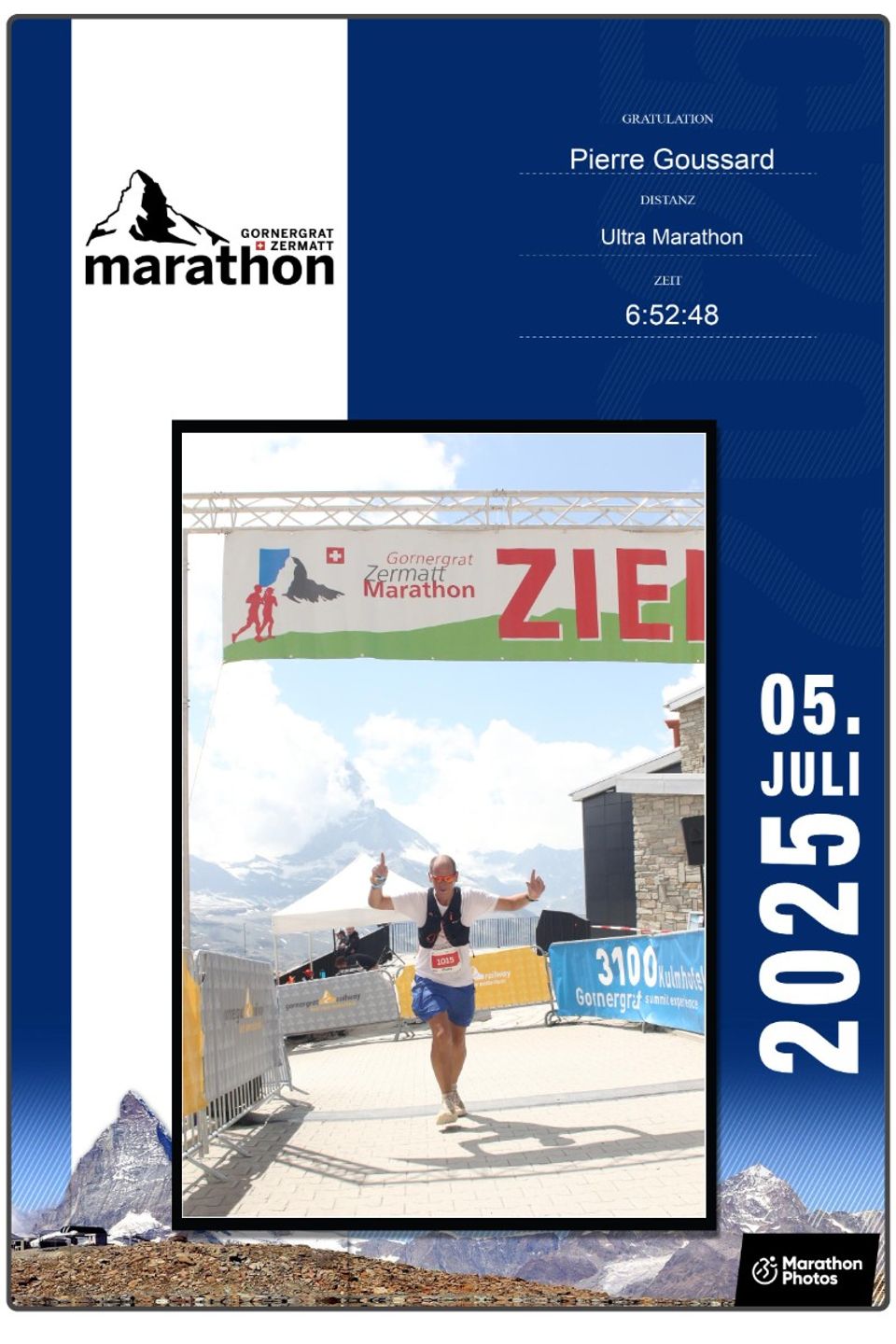by Mohammad Shabih
What if the future of global communication was not only faster, but completely secure – impossible to hack or intercept?
That’s the promise of the quantum internet, and researchers at Stellenbosch University (SU) have just brought us one step closer to it. Dr Yaseera Ismail, an experimental quantum physicist at SU, led a group of researchers in an experiment that has broken records, successfully distributing quantum keys from a low orbit satellite with speed and reliability – bringing reality one step closer to a global, secure quantum internet.
The experiment, conducted in collaboration with the University of Science and Technology of China (USTC), involved beaming photons (the fundamental particles of light) from a satellite to a ground station located on the roof of the Engineering Department. In just one satellite pass, a total of 1.07 million bits were securely transmitted over a distance of 12 900km – the world’s longest intercontinental ultra-secure quantum satellite link to date.
While these numbers are impressive, the deeper significance lies in why this kind of secure communication is necessary.
Today, the privacy of the messages sent through WhatsApp, email, and mobile networks, rely on encryption techniques that are secure only because conventional computers struggle with solving certain mathematical problems. This form of encryption uses public and private keys to encode and decode messages —and without access to the correct key, no computer, regardless of its power, can decrypt the message.
With the advancement of quantum computers, however, this security is under threat. Certain problems, which could take a computer millions of years to solve, could be solved by quantum computers in a few days. This includes the encryption techniques we rely on today. If a quantum computer can use a public key to infer the corresponding private key – something currently considered computationally infeasible – it could decrypt any message secured by that key, rendering current encryption useless.
This looming threat has pushed researchers worldwide to explore new ways to enable secure communication. Quantum Key Distribution (QKD) is one of the most promising answers.
Unlike conventional encryption, QKD isn’t based on mathematical complexity, but rather on the laws of quantum physics. It uses the behaviour of photons to distribute encryption keys in a manner that makes eavesdropping physically detectable: if anyone were to attempt to intercept and measure the quantum particles of a key, the quantum particles would be disturbed, immediately revealing the intrusion. This ensures that keys are never compromised, guaranteeing that the data can never be decrypted by an unintended party.
This experiment at SU marked a ground-breaking demonstration of quantum communication in action. SU Researchers successfully transmitted a photograph of the entrance to the Physics Department, while USTC sent an image of the Great Wall. Both images were securely exchanged in real time, as the satellite passed over Stellenbosch skies.



